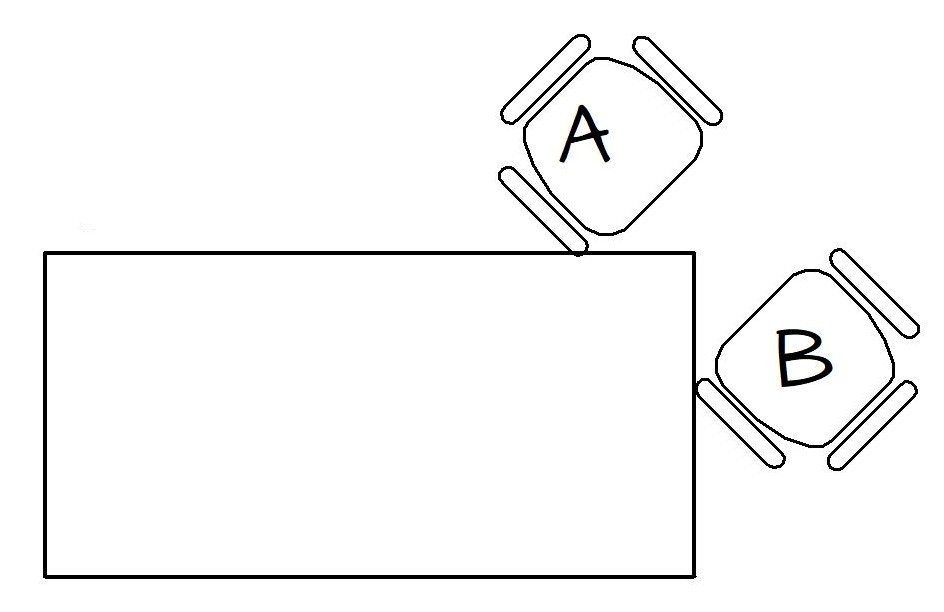By LeAnn Pashina, founder of Creatively Communicate, Inc.
Believe it or not, where you and your prospective client sits at a table during your presentation will play a factor in the conversational flow, success in closing the sale, and the energy in the room. Understanding this will enable you to set up every meeting for success before you speak your first word.
Every sale happens between two or more individuals, and any time people are part of an equation, it can create some interesting dynamics. Sales are difficult enough as a profession; if you can increase your rapport and closing ratio with your client simply by selecting the right place to sit, then why wouldn’t you?
Research shows that more sales are closed when the salesperson sits to the left of their potential client than to the right. I am not saying that if you sit in the left-hand seat, you will close every sale; there are too many aspects that lead to a sale for that to be true. You still need to deliver a good presentation, although I am suggesting that by simply understanding the seating strategy, you can increase the percentage of your successful closes.
Keep in mind that I am not talking about manipulation in your sales presentation. What we’re discussing is basic human nature and information you can use to have your meetings and presentations proceed with more success.
Whenever possible, you will want to be the one deciding where each person sits, instead of leaving it to chance. Choosing who sits where is not always possible, but you can still make some minor changes or modifications to benefit you during your presentation. There are various positions to consider, in this article, we will cover where to sit when you are at a conference table.

The corner position seating arrangement creates a casual, friendly environment for conversation. It has an advantage over having a confrontational “face to face” setting, which is perceived as too direct and aggressive – not the most welcoming qualities to display when you are meeting someone new or presenting to a prospective client.
Corner positioning allows for good eye contact and the opportunity to use numerous hand gestures and body language expressions as well as a vantage point to observe the gestures of the other person. The corner of the table or desk is a partial barrier for each person, which is important because it will provide some security if one person begins to feel threatened for any reason, and at the same time avoids territorial division of the table or desk.
The corner position is the most successful strategic position from which you, the salesperson in position B, can deliver a presentation to your prospective prospect in seat A. By simply occupying the chair in location B shown in the above diagram; you can prevent a tense atmosphere and increase the chances of a positive outcome.
The other significant thing to keep in mind with the corner seating arrangement is to sit to the left of your prospective client whenever possible, especially if you’ll be giving a presentation. Research shows that more sales are closed when sitting to the left of your client. It is because you are speaking more into the right brain hemisphere of your client, which is the emotional side, and where we all make most of our decisions. (We make decisions based on emotions and then justify them logically.)
Knowing and understanding this information will allow you to apply it to your next sales meeting easily and enjoy even more success.
Need more detail about sitting positions? Grab a copy of our book “Sit Your Way to Success” to learn how you can apply even more strategies. www.sityourwaytosuccess.com
